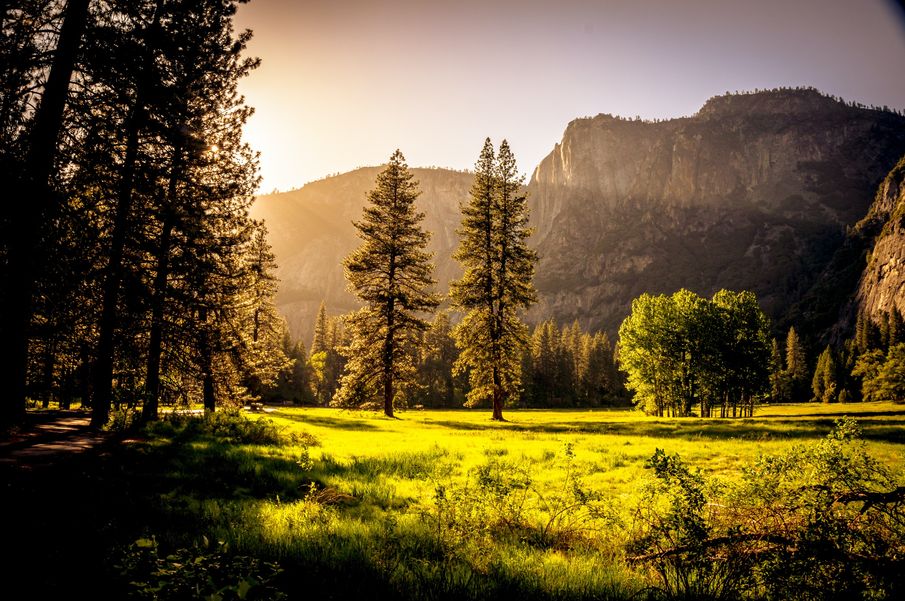Find out what makes reforestation so important in the UK, and the various ways that you can make a difference
The gentle crunch of twigs and leaves underfoot, the dappled sunlight piercing through the branches above, and the scent of a recent rainfall on the breeze as it sweeps by – a woodland walk truly holds a special kind of magic. And whether it conjures up memories of exploration and adventure as a child, or escaping the hustle and bustle of the wider world as an adult, time spent enjoying nature on our doorstep is a wonderful thing for so many of us.
So, could you imagine a world where this beautiful space, teeming with life, no longer exists? Would you even want to?
It appears to be a sorry state of affairs in 2023 that sees woodland only covering a meagre 13% of the UK, according to the Woodland Trust, while the average in Europe is 37%. Additionally, shocking figures from the charity show that a third of all woodland wildlife species are in decline, while one in 10 is at risk of extinction.
The forests we have left are in dire need of protection, but in order to save the wildlife relying on these spaces, we have to do more. And that’s where reforestation projects come in.
Sowing seeds for the future
With the UK government pledging up to £750 million in funding between 2020 and 2025, in order to increase woodland threefold, numerous projects across the UK have started cropping up.
One example has seen 3 million trees planted since 2018, in and around Liverpool, Manchester, Leeds, York, and Hull, among other places, in order to create the Northern Forest. The area previously fell short of the UK average woodland coverage, reaching only 7.6%, so was in desperate need of transformation. And now, the goal is to reach 50 million trees planted, not only establishing a thriving environment for wildlife, but for the local communities, too, creating jobs, cutting carbon emissions, and reducing the risk of flooding.
But it’s not just expansive areas seeing a big change. Innovative projects, such as Earthwatch’s ‘Tiny Forests’, ensure that urban areas aren’t neglected. Since planting its first forest in March 2020, the project has gone on to identify sites where nature is most needed, engaging local communities and volunteers to create thriving, dense woodland in small spaces – for example, their techniques allow them to plant 600 trees in a tennis-court sized plot! The resulting space works to counter the effects of climate change, offers an educational resource for students in local communities, an area to relax amid nature, as well as providing a home to a rich array of wildlife.
So far, they’ve planted more than 150 Tiny Forests across the UK, with the aim of reaching 500 in the UK and Europe by 2030, ensuring as many people as possible have access to green spaces.
Growing ambition
If you’re feeling inspired and want to play a part in regrowing our nation’s forests, there are many simple ways you can get involved:
1. Plant a tree. It really can be as simple as that – if you have a garden, or small patch of land to call your own, dedicating space to some greenery can support local animals. Every tree planted matters!
2. Donate to tree planting projects. For those without outdoor space, you can contribute to projects such as Just One Tree, knowing that a tree (or several) will be planted directly thanks to your donation. In fact, this is the initiative Happiful donates to as part of our pledge to plant two trees for every one used to print our magazine! Visit justonetree.life
3. Use environmentally-friendly browsers. At absolutely no cost to you, search engines like Ecosia plant trees, powered by your searches.
4. Volunteer at a reforestation project near you. You can search rewildingbritain.org.uk to find a wealth of information, and any local events where you can dig in and literally lend a hand.
Find out more about reforestation and the importance of protecting our woodland at woodlandtrust.org.


Comments